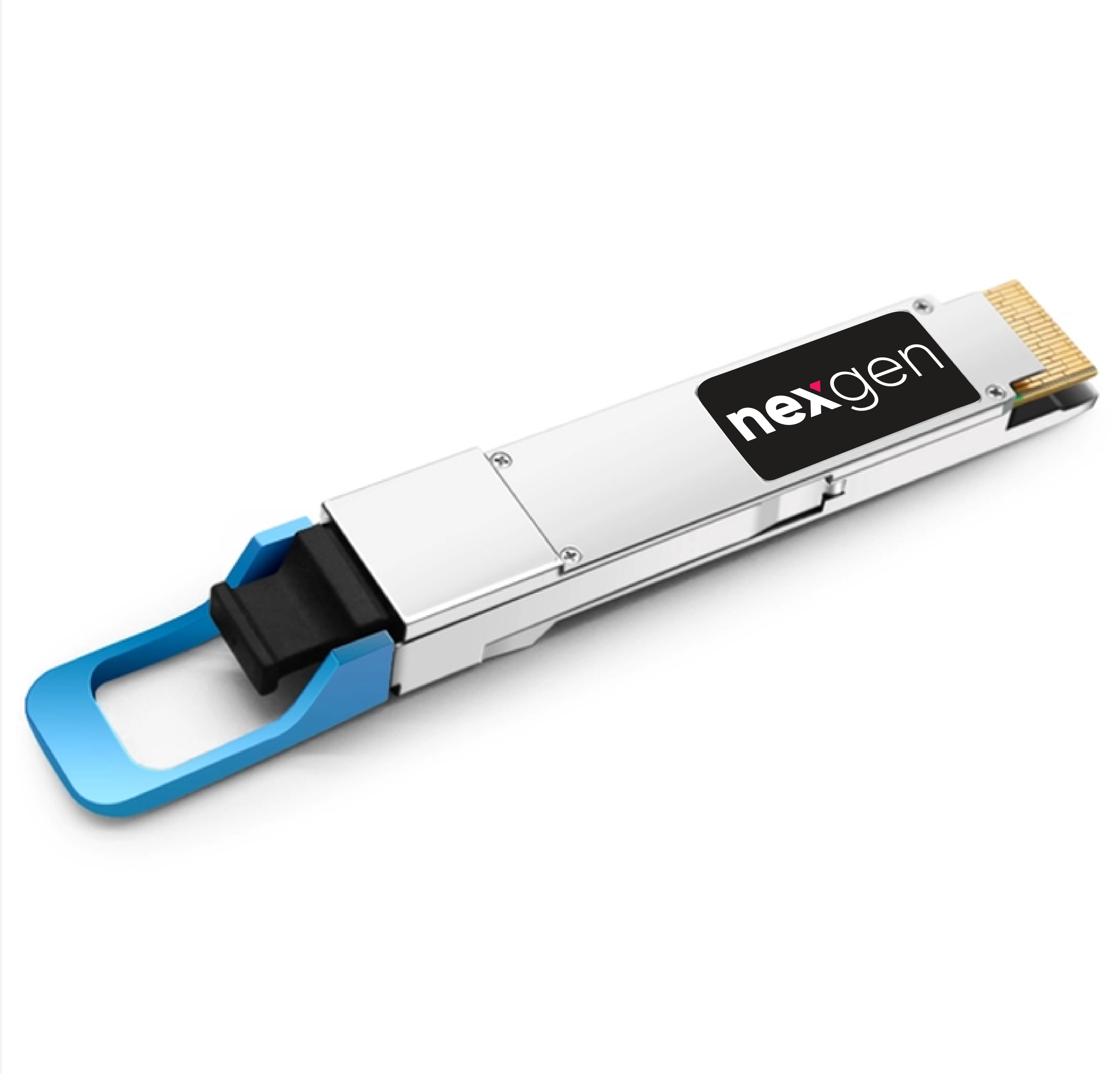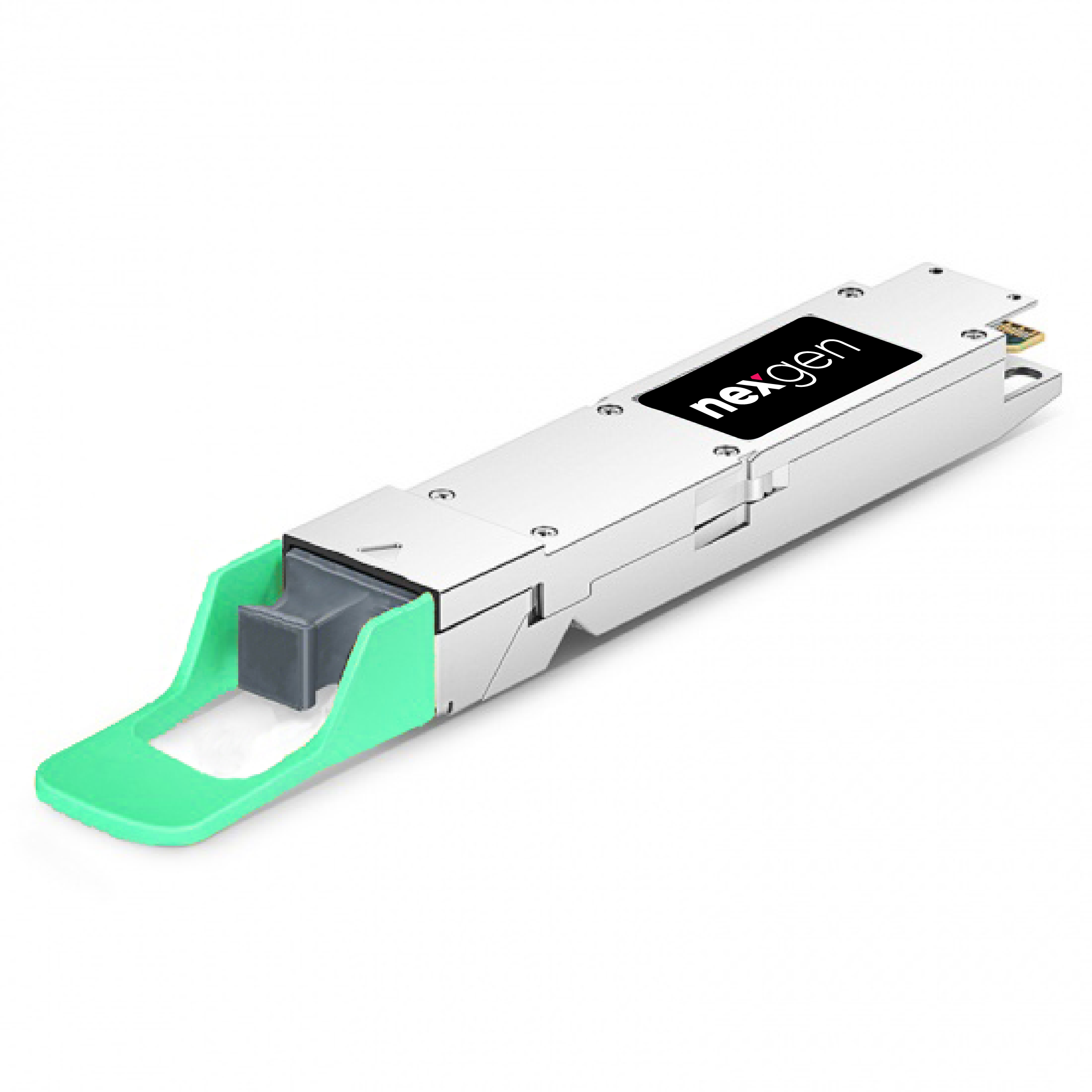Increasing bandwidth demands in data centers have propelled network upgrades from 10G and 40G to 100G and now 400G. Cisco predicts that global cloud IP traffic will reach or surpass 14 zettabytes by 2020. To meet this ever-growing IP traffic demand, manufacturers have been developing feasible 400G interconnects.
Let's explore two prominent 400G form factors: QSFP-DD and OSFP.
QSFP-DD
QSFP-DD, or Quad Small Form Factor Pluggable Double Density, shares the fundamental concept with 40G QSFP and 100G QSFP28, differing in electrical contact density. QSFP-DD supports 8 lanes of 50Gb/s to achieve 400Gb/s, unlike the 4 lanes utilized by QSFP and QSFP28.
Its primary advantage lies in backward compatibility. QSFP-DD ports support 40G and 100G pluggables, facilitating a smoother migration to 400GbE. The form factor of QSFP-DD is slightly elongated compared to lower-speed quad form factors to accommodate extra contact rows in the connector. The QSFP-DD specification outlines single-height and stacked configurations of the cage/connector system, each accommodating QSFP modules with original contact rows, along with QSFP-DD modules through an added recessed row of contacts.
OSFP
OSFP, or Octal Small Form Factor Pluggable, also supports 8 lanes of 50Gb/s for an aggregated data rate of 400Gb/s. Engineered for optimal thermal and electrical performance, OSFP is slightly larger than QSFP and lacks backward compatibility. Cooling is achieved by integrating a heat sink directly into its form factor.
Summary
OSFP and QSFP-DD present distinct advantages to end-users. The selection between the two depends on customer priorities related to thermal management, density, backward compatibility, and other factors




